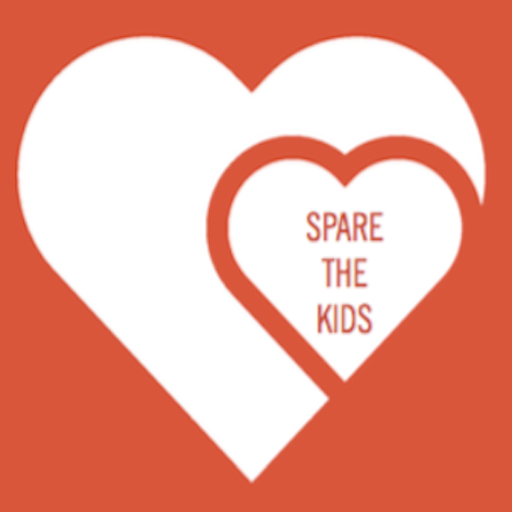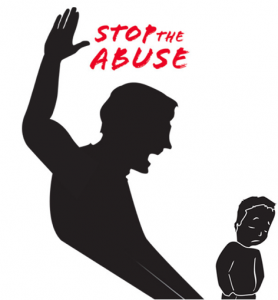This past Friday I concluded my National Child Abuse Prevention Month tour that extended from Sonoma County, California to Gary, Indiana. In each of my workshops and keynote presentations I emphasized to my audiences that child abuse knows no cultural boundaries.
What does child abuse in America look like today? It looks like all of us—like me and like you.
It looks like poor families, middle-class, and yes, even wealthy families. Child abuse looks like suburban, urban, and rural America. It is, in many ways, an invisible epidemic, hiding in plain sight across class lines, socio-economic strata, and zip codes.
Over 3 million reports of child abuse are made every year in the United States. For context, let us consider:
· A report of child abuse is made every ten seconds
· More than five children die every day as a result of child abuse
· Approximately 80% of children that die from abuse are under the age of 4.
· It is estimated that between 50-60% of child fatalities due to maltreatment are not recorded as such on death certificates.
· More than 90% of juvenile sexual abuse victims know their perpetrator in some way.
· About 30% of abused and neglected children will later abuse their own children, continuing the horrible cycle of abuse.
· About 80% of 21 year olds that were abused as children met criteria for at least one psychological disorder.
· The estimated annual cost of child abuse and neglect in the United States for 2008 is $124 billion.
· Child abuse occurs at every socioeconomic level, across ethnic and cultural lines, within all religions and at all levels of education.
That last factoid, while not the most graphic or shocking, might be the most surprising. Most of America associates the horrors of child abuse with “lower-class” people. Even if we know better intellectually, these stereotypes are so plentiful and pervasive, that it’s easy to slip into the dangerous waters of denial about just how widespread this epidemic really is.
It is tempting to assess a situation at face value and, if the outside looks neat and pretty and prosperous, we can be lulled into a false sense that it happens “over there, to those other people, the ones existing on the margins of society, barely hanging on.” We can too easily believe that this ugliness has no place in suburbs and subdivisions, with manicured landscaping, well-tended lawns, sparkling cars and all the accoutrements of “the good life.”
The issue of child abuse is about much, much more than just the numbers. It’s about the many ways in which abuse robs children of their innocence, of their childhood, of the chance to grow up feeling safe, feeling cherished, feeling loved and protected by the adults who you depend upon.
I know this first-hand.
My early years were impacted and shaped, in large part, by my adoptive mother, who plucked me from foster care at age 5 only to inflict horrendous physical, mental and emotional abuse upon me until I escaped at age 12.
Nobody came to help me because nobody suspected that these terrible things could be happening behind the doors of our lovely middle-class suburban home. My adoptive parents were hardworking people with a nice home and good standing in their community. My adoptive father was a Pentecostal preacher, someone who was looked up to, a leader who provided guidance and advice for others.
I am a witness to the fact that this epidemic transcends many of the borders that humankind uses to categorize ourselves and others. I am proof that none of us should “believe the hype” about child abuse being more prevalent in urban communities, in poor neighborhoods, or in families that might not fit the American Apple Pie fantasy of “the norm.” My adoptive family, when viewed from the outside, did fit that norm: married parents, a comfortable environment, private schools, and strict religious upbringing. Other than the abuse that took place behind closed doors, the home in which I spent most of my youth appeared to be everything a child could dream of.
When I was growing up, there was no such thing as National Child Abuse Prevention Month. The topic was not widely discussed or publicly examined. In the last 20 years or so, awareness has climbed to the point where professionals who work with children—teachers, doctors, dentists, and so on—are required by law to report any suspicion of child abuse. That is progress, and I believe it can make a big difference in the fight to save our children.
But simply reporting suspected abuse is not the end of the process. This epidemic impacts victims in complex, often continuing multi-generational patterns that require multi-dimensional approaches to healing, prevention and treatment.
Child abuse prevention is about hearts. It’s about seeing beyond the obvious to search for deeper truths. Truths that might be uncomfortable for you to acknowledge. Truths that might be painful to confront. Truths that have the potential to turn what you think you know upside-down and inside-out, opening your eyes to the realities of what so many children are facing and fighting and doing their best to somehow survive.
In a world where, despite some superficial outer differences, my story could be yours and yours could be mine. Child abuse is not just a phenomenon that happens “over there” and to “those people.” For many people, it’s hard to confront when it hits home.



Recent Comments